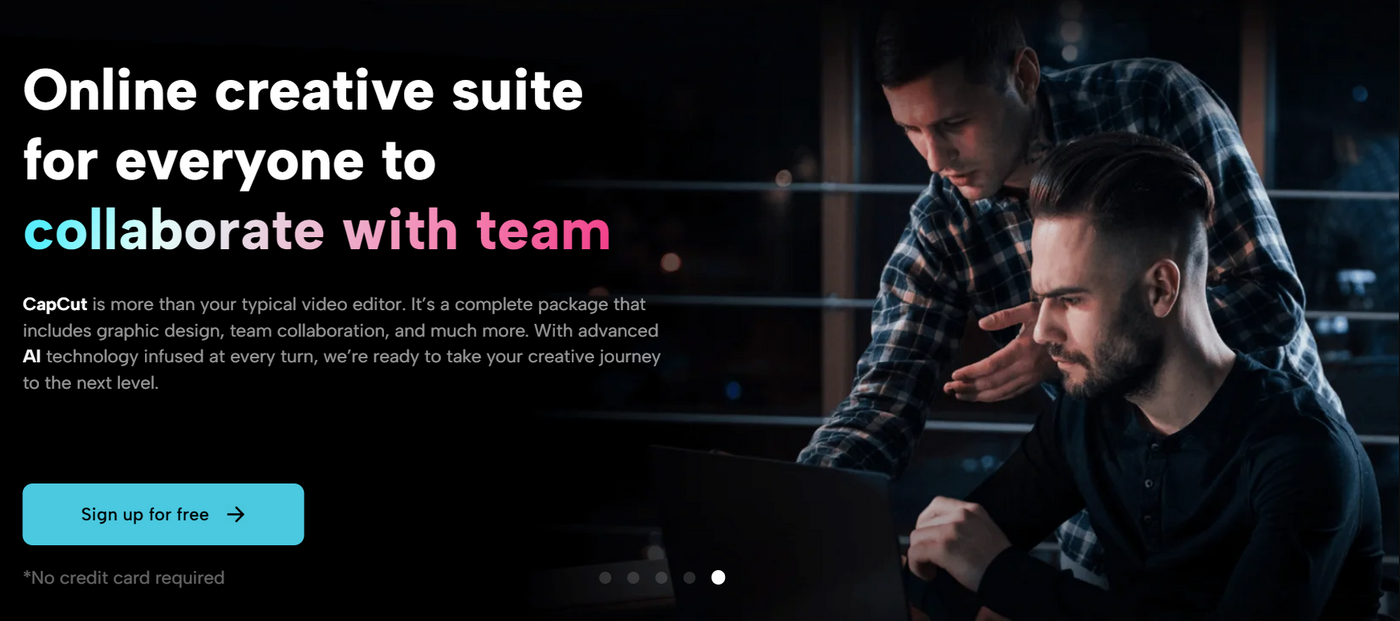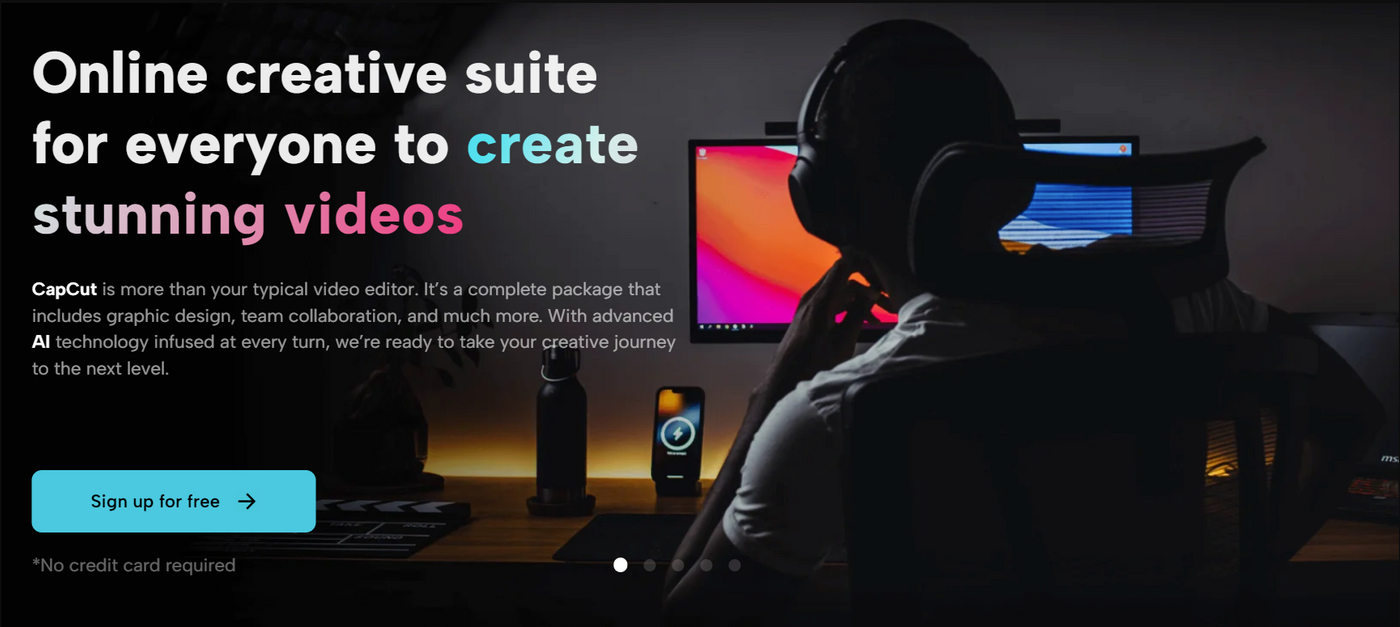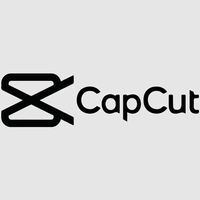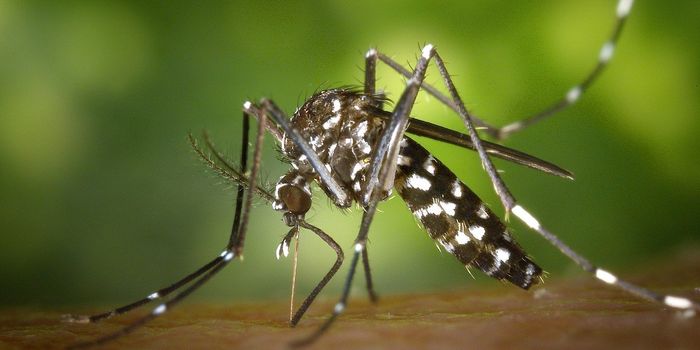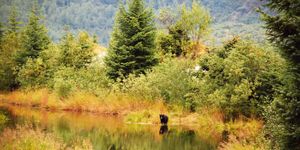Unleashing CapCut Creative Suite Techniques for Science Experiment Films
In a world where science, technology, and creativity intersect, the art of science experiment films is gaining momentum. Capturing the magic of scientific exploration and discovery requires more than just a camera; it demands a storyteller's perspective and a keen eye for detail. Enter CapCut Creative Suite, a versatile and powerful tool that goes beyond conventional video editing. CapCut also allows you to add subtitle to video for a better understanding of your audience. In this article, we will explore how to use CapCut Creative Suite techniques to craft captivating and informative science experiment films that engage and inspire.
The Convergence of Art and Science
Science experiment films are a unique breed of content that sits at the intersection of education and entertainment. They serve a dual purpose: to convey complex scientific concepts in an accessible manner and to captivate the audience with the wonder of discovery. Successful science experiment films are not just about the experiments themselves; they are narratives that unfold with intrigue and curiosity.
With CapCut Creative Suite's comprehensive set of features, content creators have a wealth of tools at their disposal to elevate their science experiment films to new heights. From precise editing to creative storytelling, here's a step-by-step guide to crafting engaging and informative films.
Crafting a Story with a Purpose
Effective science experiment films begin with a clear purpose and a compelling narrative. Before you even hit the record button, it's essential to outline the story you want to tell. What is the scientific concept you're exploring? What is the core message you want to convey to your audience?
For instance, if you're demonstrating the principles of photosynthesis, consider framing the film around a relatable scenario, like a plant's quest for energy. This narrative approach humanizes the science, making it more accessible and engaging for your viewers.
The Art of Scripting and Storyboarding
Once you have a clear narrative and your equipment is in place, it's time to script your film. Writing a script helps maintain a coherent storyline and ensures you cover all the key points of your experiment. Remember, the script is not just about dialogue; it's also about the visual cues and transitions that will guide your viewers through the experiment.
Storyboarding is an invaluable technique in this phase. Sketch out the key scenes, camera angles, and transitions. This not only helps you visualize your film but also ensures a smooth shooting process.
Captivating Experiments: Visual Appeal
Science experiment films thrive on the visual appeal of the experiments themselves. To capture your audience's attention, make sure your experiments are visually captivating. Use a mix of close-ups, medium shots, and wide shots to vary the perspective.
For example, if you're demonstrating the behavior of ferrofluid in a magnetic field, consider capturing extreme close-ups of the fluid's intricate patterns, medium shots of the whole setup, and wide shots to show the overall experiment. The combination of these shots adds depth and visual interest to your film.
Precision and Accuracy
In the realm of science experiment films, precision and accuracy are paramount. Your audience, especially those with a keen interest in science, will appreciate attention to detail. Ensure that your experiments are conducted rigorously and accurately, following scientific principles.
When editing your film in CapCut Creative Suite, consider adding annotations or on-screen text to explain key points, measurements, or variables involved in the experiment. This additional layer of information can enhance the educational value of your film.
The Magic of Editing
Now, it's time to leverage CapCut Creative Suite's editing prowess. Import your footage into the Creative Suite and start piecing together your science experiment film. Here are some techniques to keep in mind:
- Sequence and Flow
Maintain a logical sequence of scenes that align with your narrative. Use CapCut's timeline feature to arrange your clips in a coherent order. Ensure that the film flows smoothly from one scene to the next.
- Transitions
CapCut’s creative suite offers a variety of transition effects. Choose transitions that suit the tone of your film. For science experiment films, subtle transitions like fades or dissolves are often more appropriate than flashy effects. CapCut Creative Suite provides you with free cloud storage, so you don’t have to worry about your files.
- Color Correction
Ensure that the colors in your film are accurate. CapCut's color correction tools can help enhance the visuals, correct white balance, and make your experiments look true to life.
- Text and Annotations
Use on-screen text and annotations to explain key concepts or highlight important data points during the experiment. This enhances the educational value of your film.
- Music and Sound
CapCut’s creative suite provides access to a library of royalty-free music and sound effects. Select background music that complements the tone of your film. Subtle background music can make your film more engaging.
- Maintaining Timeline
Pay attention to the pacing of your film. Avoid long stretches of experimentation without explanations. Strike a balance between the visual appeal of the experiments and the informative narrative.
Post-Production Magic
After editing, it's time to add the finishing touches to your science experiment film. In CapCut Creative Suite, you can apply post-production magic through a range of advanced features:
- Sound Enhancement
Use CapCut's audio editing tools to enhance the clarity and quality of your narration or dialogue. Remove background noise and ensure that your voiceovers are crisp.
- Motion Graphics
CapCut’s creative suite allows you to integrate motion graphics, which can be useful for adding diagrams, charts, or animations that help explain complex concepts.
- Visual Effects
While science experiments themselves are visually appealing, consider adding subtle visual effects to highlight key points or emphasize specific elements of the experiment.
- Export and Share
Once you're satisfied with your science experiment film, it's time to export it in the desired format and resolution. CapCut’s creative suite offers a range of export options to ensure your film looks its best on various platforms and devices.
Educate and Inspire
The world of science experiment films is not just about documenting experiments; it's about educating and inspiring your audience. Whether you're explaining the laws of physics, demonstrating chemical reactions, or exploring the wonders of biology, your science experiment film has the power to make science accessible and captivating.
CapCut Creative Suite, with its robust set of features and editing capabilities, is a valuable tool for science communicators and educators. By following these techniques, you can create science experiment films that not only inform but also inspire the next generation of scientists and curious minds. So, pick up your camera, gather your experiments, and let CapCut’s creative suite help you tell the captivating stories of science.
